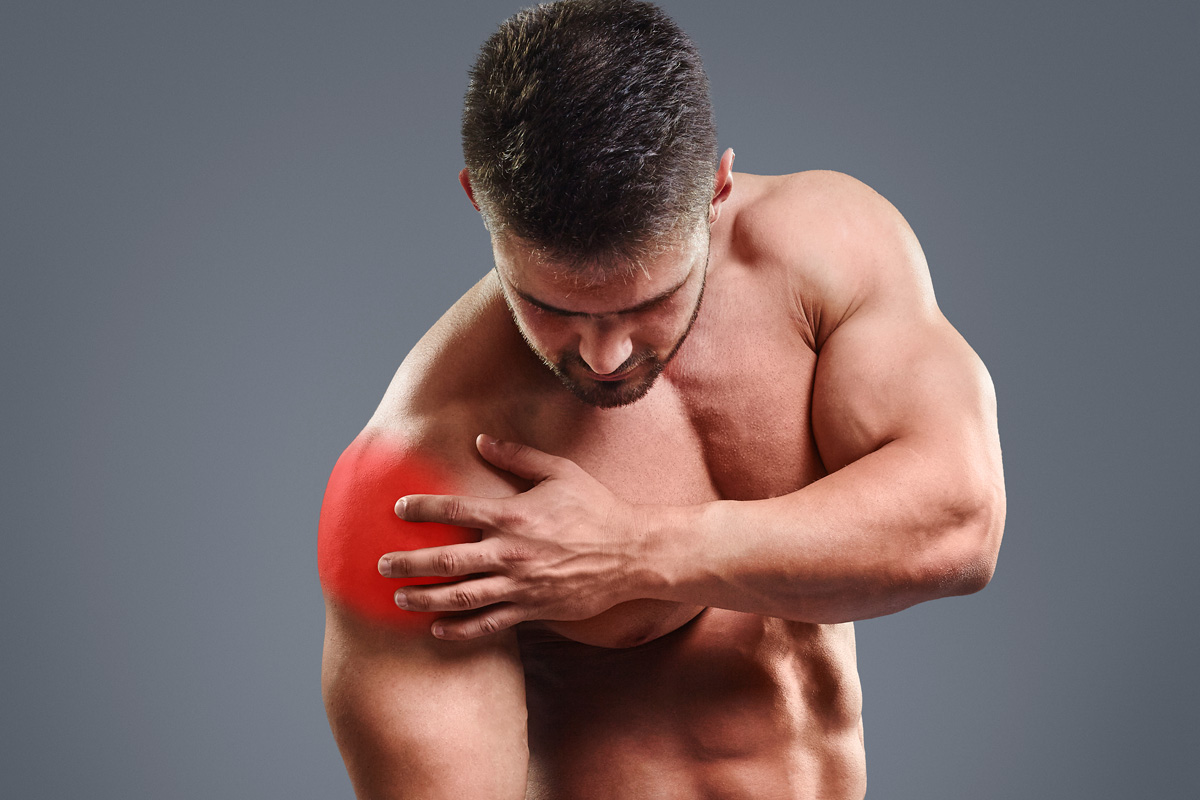Beginner’s Muscle Soreness: How to Deal With It Without Stopping Your Training

We all know how important it is to engage in some sort of physical activity regularly. It gives both physical and mental benefits. In this modern era, many people have issues with excessive weight, back problems, or simply feel lazy and lethargic. That’s where working out can help. However, juggling between your work, education, relationships, and exercising can be challenging. Lots of people find it difficult to make that first step, but even when they do, they get shocked by “delayed onset muscle soreness.” Because of it, people “take a break” from exercising and never go again. Yes, this muscle soreness can be severe, but it doesn’t mean that there are no ways to go through it. Check out some tips for Beginner’s Muscle Soreness.
Table of Contents
Start With a Light Training
Yes, most people think that they know what they are doing when they start exercising, but it’s quite the opposite. For example, if you are doing weight training, you’ll quickly realize that you actually can lift some decent weights.
However, this doesn’t mean that you should go all out. If you haven’t trained for a long time, your body is probably rusty and your muscles weak, causing you to tear up all the muscle fibers once you finally start using them, which causes severe muscle soreness.
For your first training, you should focus on stretching, warming up, and doing some light movements. This way, you’ll cause smaller muscle tears that won’t hurt you that much. Yes, you’ll still feel muscle pain, but it will be bearable.
Use a Foam Roller After Training
When you put a strain on your muscles, they contract and cause tension. A foam roller can help you release all the tension in connective tissues and muscles, helping move all the fluid that moved into the muscles during the exercise.
Foam rollers are basically massagers you use on different parts of your body. They can be used for leg muscles, arms, back, and so on. They help increase circulation and bring in more oxygen into the muscles.
It helps relax muscles and reduce swelling after workouts. However, you should make sure to one after your workout. If you already have pain in your muscles, rolling will be very uncomfortable.
Make Your Next Training Even Lighter
Muscle soreness feels the worst when your muscles are inactive. The worst mistake you could make is to skip the next workout. Instead, you should continue with your workouts per schedule, but you need to do this smoothly with a gradual transition.
Don’t just jump in and expect to go through it quickly. Start off with some long warm-ups. Cycle, walk, swim, and do some resistance training. Work on all your muscle groups thoroughly before getting to the actual exercise.
When you use your muscles, they will get valuable nutrients and oxygen to calm down the soreness. At the same time, this will quicken-up the repair process of damaged muscle tissues.
Hydration is Important
Yes, everyone knows that they should drink water when exercising. However, lots of people forget to do that, but it’s crucial in so many ways. Water enables all the fluids and nutrients to travel throughout the body. It helps deliver minerals and nutrients your muscles need.
At the same time, it flushes out any wasteful elements in your body. You need to drink water before training regularly, during workouts, and after. However, if you aren’t used to drinking water throughout the day, you might not even notice that you’re dehydrated until it’s too late.
It takes time for water to travel through our bodies. Drink at least 2 liters of water a day and as much as you need during your workouts.
Take the Necessary Rest to Recover
Having continuity in training is important. However, you also need to give your body the chance to recover and repair all the muscle tears. First of all, this means sleeping at least 8 hours. Make sure to leave up to 2 hours more for your sleep than you had before you started working out.
Your muscles repair during the night when you sleep, which is why it’s crucial to take care of this part. Make sure that you are eating right, getting all the minerals, nutrients, and proteins your body needs.
Even if you do all these things right, you might still feel pain. If this is a nuisance, consider finding a compounding pharmacist that can get you a good blend of painkillers, vitamins, and supplements you can use at the beginning of your fitness journey.
Bottom Line
There you have it. Repeat this process, and in just a month, you’ll stop having any soreness whatsoever. Be persistent and push through the pain – it’s worth it. Good luck!
